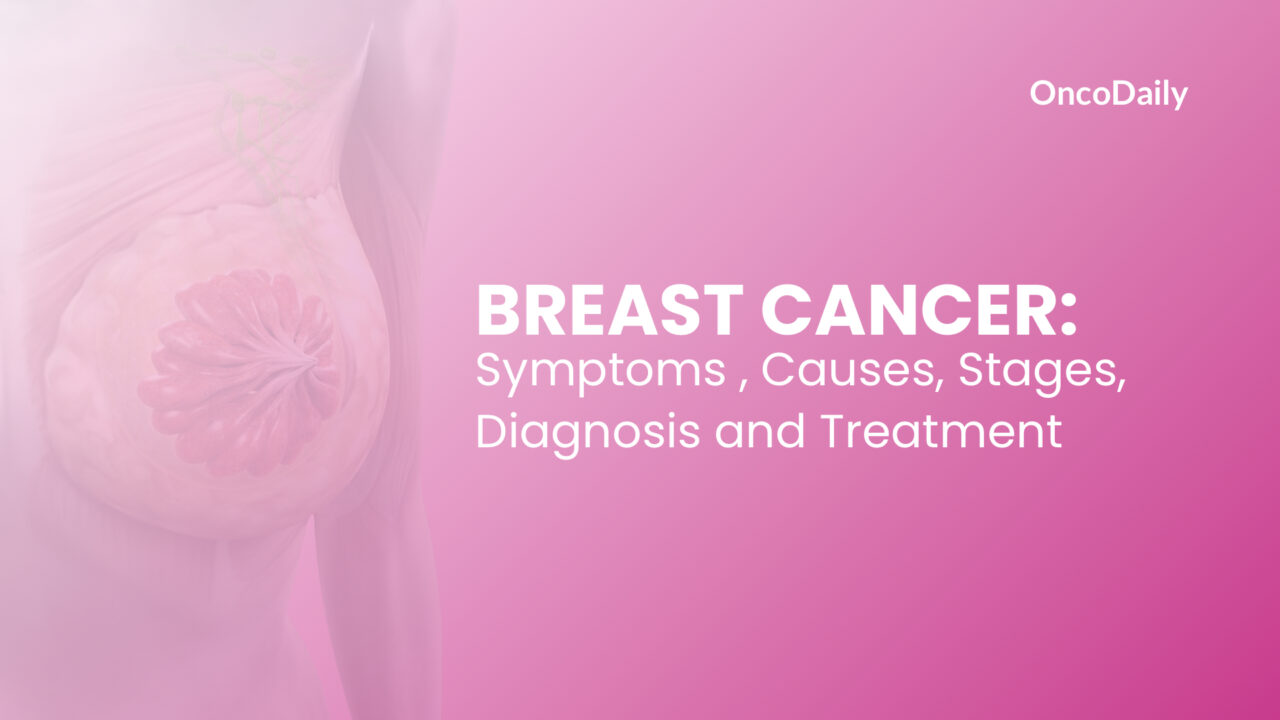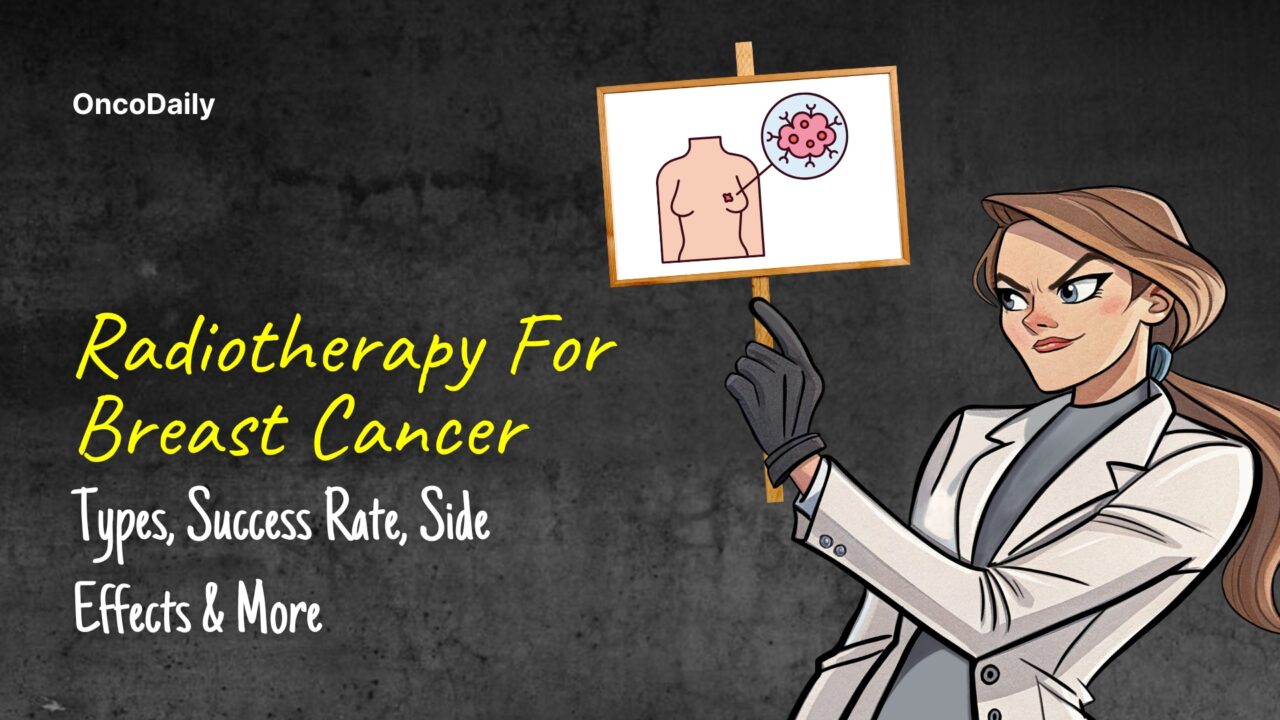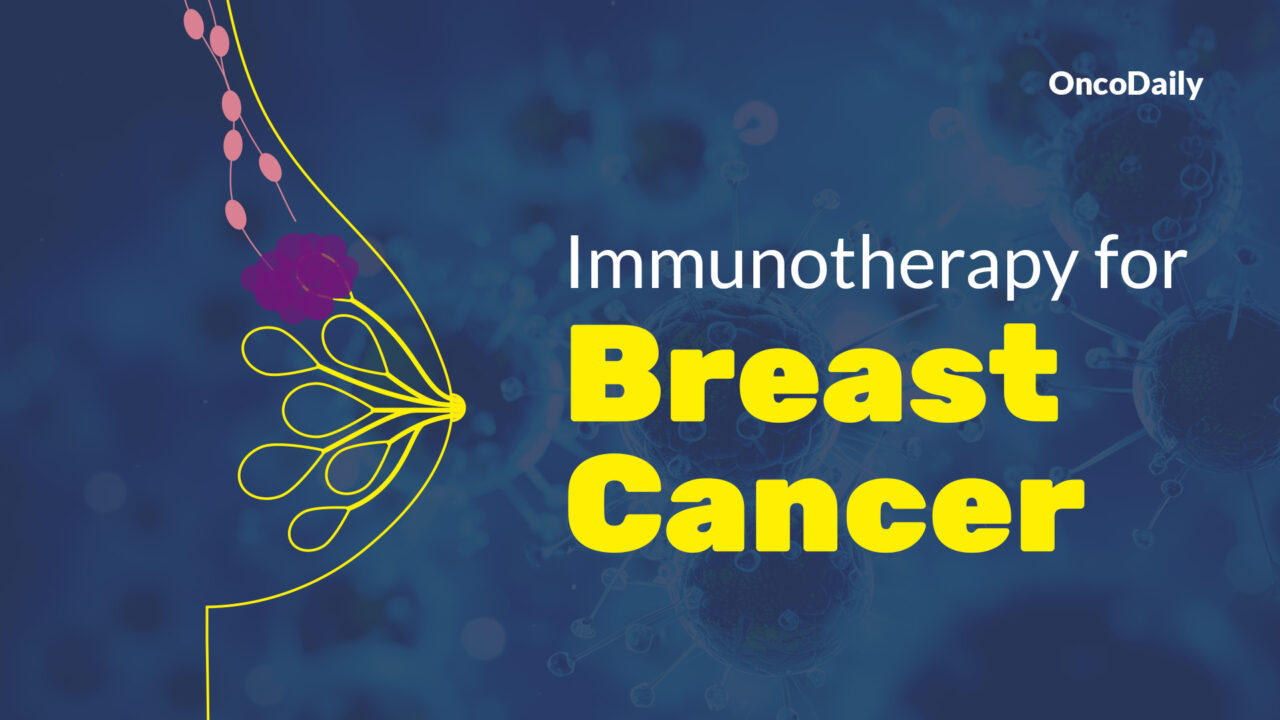
Cynthia Nixon’s Breast Cancer Journey: How She Went Against, Survived, and More
Cynthia Nixon is an accomplished American actress, activist, and politician best known for her role as Miranda Hobbes in the iconic television series Sex and the City. This performance earned her an Emmy Award. Beyond her acting career, Nixon has had notable roles in films and theater, including Tony Award-winning performances in Broadway productions like The Little Foxes. She is also recognized for advocating for LGBTQ+ rights, education reform, and women’s health.
In 2006, Cynthia Nixon was diagnosed with breast cancer, a pivotal moment in her life that she chose to share publicly after her recovery. Her decision to speak about her experience brought significant attention to the importance of breast cancer awareness and early detection. Studies indicate that public figures discussing their health challenges often lead to increased public engagement in preventative health measures, including screenings and check-ups.
Nixon’s openness contributed to conversations about the value of mammograms and early diagnosis, aligning with findings that early-stage breast cancer detection improves survival rates, with a 5-year survival rate exceeding 90% in localized cases. Nixon’s story not only highlights her resilience but also underscores the importance of public health education and advocacy, making her a prominent figure in raising awareness about breast cancer prevention and treatment.

Photo from Instagram page
How Did Cynthia Nixon Get Diagnosed with Breast Cancer?
Cynthia Nixon was diagnosed with breast cancer in 2006 during a routine mammogram. She reported having no symptoms at the time, emphasizing the importance of regular screenings for early detection. Nixon shared that her family history played a significant role in her vigilance—her mother, Ann, had survived breast cancer twice, the first time when her daughter was 13. In January 2014, the 49-year-old Nixon’s mother died after her third battle with breast cancer.
“The year in which we made the film, my mother had died of cancer, so it was very raw and fresh and personal.”
Nixon’s case underscores how early detection through mammography can result in less invasive treatment and better prognosis. Routine mammograms are a critical tool in detecting breast cancer in its early stages, even before symptoms arise.
Symptoms of Breast Cancer
Breast cancer symptoms vary depending on the type and stage of the disease. Cynthia Nixon had no symptoms at the time of her diagnosis, thanks to early detection. However, common warning signs can include
- Lump or mass in the breast or underarm: This is often the first sign of breast cancer. The lump may feel hard, have irregular edges, and may not be painful.
- Changes in breast size or shape: A noticeable change in the size, contour, or shape of the breast may occur.
- Skin changes: These include dimpling, redness, or scaling of the breast skin or nipple.
- Nipple abnormalities: Symptoms include discharge (other than breast milk), inversion (nipple turning inward), or pain.
- Swelling: Part or all of the breast may appear swollen, even without a lump.
- Pain in the breast or nipple area: Persistent or unexplained pain in these areas can be a symptom.
- Changes in the appearance of the nipple or breast skin: This may include thickening or changes resembling an orange peel texture (orange peel skin)
- Swelling or lumps under the arm: This could indicate that the lymph nodes are affected.
It’s important to note that these symptoms can also result from non-cancerous conditions.

Learn more about Breast Cancer: Symptoms Causes, Stages, Diagnosis and Treatment on OncoDaily.
What Were Cynthia Nixon’s Initial Reactions to Her Diagnosis?
Despite these fears, she quickly embraced a proactive mindset, focusing on the positive aspect of her situation: the cancer was detected early, which significantly improved her. She expressed gratitude for the early detection, as the tumor was very small and confined, which allowed for prompt treatment. Nixon underwent surgery to remove the tumor and six-and-a-half weeks of radiation therapy. Reflecting on the experience, she acknowledged the emotional toll but emphasized the importance of staying informed and taking decisive action. Nixon credited her mother’s experience for helping her face the diagnosis with resilience and hope.
What was the Prognosis?
Cynthia’s prognosis was excellent due to the early-stage detection, a testament to the importance of routine mammograms and timely medical intervention. Nixon later shared that, although the experience was challenging, it reinforced her belief in advocacy for breast cancer awareness and early screening.
What Treatments Did Cynthia Nixon Undergo?
Cynthia Nixon underwent a combination of treatments for her breast cancer, including surgery, radiation therapy, and potentially hormone therapy, which are common strategies for managing early-stage breast cancer.
Surgery
Nixon had surgery to remove the tumor shortly after her diagnosis. Surgery for breast cancer typically involves either a lumpectomy (removal of the tumor and a small margin of surrounding tissue) or a mastectomy (removal of the entire breast). A lumpectomy is performed under general or local anesthesia. The surgeon removes the cancerous tumor and a thin layer of surrounding tissue to ensure no residual cancer cells are left behind. After surgery, the tissue is sent for pathological evaluation to confirm clear margins (no cancer cells at the edges of the removed tissue).
Choice of Lumpectomy Over Mastectomy
Nixon chose a lumpectomy rather than a mastectomy, a more extensive procedure involving the removal of the entire breast. The decision between these options often depends on factors such as tumor size, location, breast size, patient preference, and the likelihood of achieving clear margins with a lumpectomy. Clinical studies have shown that lumpectomy followed by radiation therapy offers survival rates equivalent to mastectomy for early-stage breast cancer while preserving the breast’s appearance and minimizing the psychological impact of surgery.
Nixon’s tumor was detected early and described as very small, suggesting she likely underwent a lumpectomy while she was in the midst of a play. Despite the challenging timing, her medical team coordinated the procedure with precision, performing the surgery on a Sunday to ensure she wouldn’t miss any performances. Nixon appreciated the efforts of the doctors, anesthesiologists, and entire medical staff, noting their dedication to her recovery. The impact of surgery includes physical recovery and emotional adjustments, but early surgical intervention significantly improves outcomes for localized cancers.
Effects and Recovery
After being diagnosed with breast cancer, Cynthia Nixon underwent a lumpectomy, a breast-conserving surgery that typically allows for a quicker recovery compared to a mastectomy. While patients may experience some localized pain, swelling, or slight changes in breast shape, most regain full mobility within weeks. Beyond the physical recovery, the emotional impact of preserving the breast can be significant, helping many patients cope with the psychological toll of cancer treatment. Following her lumpectomy, Nixon underwent radiation therapy—a standard approach to eliminate any remaining cancer cells and reduce the risk of recurrence. Her decision highlights the growing preference for breast-conserving treatments among eligible patients, reflecting a balance between effective cancer management and maintaining quality of life.
Radiation Therapy
After surgery, Nixon underwent six and a half weeks of daily radiation therapy to reduce the risk of cancer recurrence by targeting remaining cancer cells in the breast. Radiation delivers high-energy rays to the affected area, destroying cancer cells while sparing healthy tissue. Side effects, like skin irritation, fatigue, and swelling, were temporary and manageable.
Before treatment, Nixon had a simulation with imaging scans (CT or MRI) to plan the precise treatment area. The radiation oncologist created a personalized plan to protect healthy tissue. Treatment sessions lasted only a few minutes, five days a week.
Radiation can be whole-breast, treating the entire breast, or partial-breast, targeting only the tumor site. Some patients receive an additional “boost” dose to reduce recurrence risk.
The main goal is to prevent cancer from returning, especially in the breast, chest wall, or nearby lymph nodes. Research shows combining radiation with surgery improves survival for early-stage breast cancer. Side effects like mild skin irritation, fatigue, and swelling may occur, with potential long-term effects like changes in skin texture or rare complications like lymphedema or damage to the heart or lungs.
Despite these risks, radiation therapy remains essential in breast cancer treatment. Advances in precision techniques, like IMRT and proton therapy, help reduce side effects and improve effectiveness, bringing patients like Nixon closer to recovery.

Learn more about Radiotherapy For Breast Cancer: Types, Success Rate, Side Effects on OncoDaily.
Hormone Therapy
While not explicitly mentioned in sources about Nixon’s treatment, hormone therapy is often recommended for patients with hormone-receptor-positive breast cancer. This involves medications such as tamoxifen or aromatase inhibitors to block or lower estrogen levels, which can fuel the growth of certain types of breast cancer. Hormone therapy helps prevent recurrence but may have side effects like menopausal symptoms, joint pain, or mood changes
Cynthia Nixon underwent hormone therapy as part of her breast cancer treatment to lower the risk of recurrence. This therapy involved the use of Tamoxifen, which works by blocking estrogen receptors on breast cancer cells, effectively reducing the growth stimulus provided by the hormone in estrogen receptor-positive breast cancers.
While Tamoxifen is effective in reducing cancer recurrence, it can have significant side effects, such as hot flashes, night sweats, weight gain, mood changes, and, in some cases, severe emotional distress. Cynthia Nixon followed the recommended five-year course of Tamoxifen, completing the therapy as advised by her oncology team. Unlike some patients who discontinued due to side effects, Nixon adhered to the full regimen to mitigate her risk of cancer returning.
Impact on Patients: These treatments collectively aim to eradicate cancer, prevent recurrence, and improve survival. However, they can be physically and emotionally taxing. Nixon’s willingness to share her journey highlighted the challenges of treatment and recovery while underscoring the importance of early detection and prompt intervention.
How Did Cynthia Nixon Overcome Breast Cancer?
Cynthia Nixon’s journey through breast cancer treatment began with early detection during a routine mammogram, allowing her to opt for a lumpectomy followed by radiation therapy. While the physical recovery was relatively quick, the emotional toll was significant. She faced moments of fear and uncertainty but leaned on the unwavering support of her family and friends, which helped her stay strong. Their encouragement, along with her determination, played a crucial role in her healing process. Through it all, Nixon emerged not only as a survivor but also as an advocate for breast cancer awareness, using her experience to inspire others to prioritize early detection and treatment.
Mental and Emotional Challenges
When Cynthia Nixon was diagnosed with breast cancer, fear and anxiety initially set in. However, she quickly adopted a proactive mindset, drawing inspiration from her mother, a two-time breast cancer survivor. Her mother’s resilience gave her hope and determination, helping her face the diagnosis with a sense of control. Undergoing treatment was both physically and emotionally challenging, especially while balancing her public life and career. Radiation therapy, though manageable, left her fatigued and caused skin irritation, making the experience emotionally taxing.
Beyond the immediate effects, Nixon also had to grapple with the long-term impact of cancer and its treatment on her life. Following radiation, Nixon began a five-year course of Tamoxifen, a hormone therapy aimed at reducing the risk of recurrence. Like many women undergoing this treatment, she experienced side effects such as mood swings and hot flashes. Despite these challenges, she remained committed to the regimen, recognizing its crucial role in her recovery and long-term health.
Support from family and friends
Nixon emphasized the importance of her support network during her recovery. Her family, particularly her mother, provided emotional strength and guidance. Nixon’s partner and friends also played key roles, offering practical help and encouragement throughout her treatment and beyond. Nixon’s mother, a two-time breast cancer survivor, was a central figure in her support system. Her mother’s experience with the disease provided Nixon with valuable insights into the treatment process and offered emotional reassurance.
Nixon often reflected on how her mother’s survival stories helped her cope with the uncertainty of her diagnosis. In addition to her mother, Nixon’s partner and children were vital sources of comfort. She leaned on her family to navigate the difficult moments of her treatment, finding strength in the love and support they offered. This support helped Nixon maintain her resilience and focus during the grueling process. She is fighting for all women, but especially mothers like herself.
“She is my hero,” Nixon says about her mother.
Her friends also played an essential role, providing emotional support, care, and companionship. Nixon has publicly mentioned the importance of having a close-knit group of people she could lean on during challenging times. This support network not only provided practical help but also offered emotional relief, reminding her that she wasn’t facing her battle alone. This support system helped Nixon stay positive and empowered throughout her treatment and recovery. Her ability to lean on those she loved enabled her to maintain a sense of normalcy despite the life-altering nature of her diagnosis.

You can read about Immunotherapy for Breast Cancer: Types, Success Rate, Side Effects & More on OncoDaily.
How Did Advocacy and Public Awareness Help?
Cynthia Nixon used her public platform to raise awareness about breast cancer, encouraging early detection and routine screenings. By openly sharing her diagnosis and treatment journey, she helped break the stigma around breast cancer discussions.
Public Speaking and Advocacy
Nixon openly shared her breast cancer experience, aiming to reduce the stigma and encourage women to prioritize their health. She partnered with breast cancer organizations, participating in campaigns that promoted early screenings, such as mammograms. By using her celebrity status, she encouraged women, especially those under 40, to seek regular screenings, particularly as her diagnosis was caught early, thanks to such efforts. Nixon became a voice for early detection, stressing how catching cancer early can dramatically improve outcomes.
“Women’s health needs to be front and center – it often isn’t, but it needs to be.”
She highlighted her own experience with mammograms and how they played a critical role in detecting her cancer at an early stage when treatment was less invasive and more successful. Nixon’s advocacy was deeply personal—she spoke about her treatment challenges, including emotional and physical side effects, making her story relatable to many. Her openness in discussing the emotional toll of cancer, such as feelings of fear, anxiety, and uncertainty, helped break down barriers to talking about cancer openly. Her platform also allowed her to advocate for mental health, emphasizing the importance of emotional well-being during cancer treatment.
By leveraging her public visibility and platform, Nixon’s advocacy made a substantial impact on both awareness and support for early breast cancer detection and treatment. Her courage to be transparent about her own diagnosis and treatment journey inspired many others to take proactive steps in managing their health. Cynthia Nixon has used her platform to partner with various health organizations and participate in campaigns aimed at promoting breast cancer awareness. Her personal experience with the disease has motivated her to raise awareness about early detection and the importance of regular screenings, particularly mammograms.
Collaborations with Health Organizations
Nixon has been actively involved with the Susan G. Komen Foundation, one of the largest and most well-known organizations focused on breast cancer research, awareness, and support. She participated in several events and campaigns organized by the foundation to raise funds and awareness for breast cancer research and patient care. ․Through these efforts, Nixon helped shed light on the importance of early diagnosis and treatment.
Nixon also supported the National Breast Cancer Coalition (NBCC), which advocates for policy changes to improve breast cancer research, treatment, and access to care. She contributed to the coalition’s efforts to influence public policy regarding breast cancer research funding and better access to screening and treatment for underserved populations. Nixon participated in various breast cancer awareness campaigns, leveraging her celebrity status to increase visibility for causes related to early detection. She was a vocal advocate for the Pink Ribbon campaign and used her media appearances to encourage women to take action and get screened regularly.
In addition to working with major organizations, Nixon shared her personal story through media appearances, interviews, and social media to help reduce the stigma surrounding breast cancer. Her willingness to be open about her diagnosis, treatment, and recovery journey helped normalize conversations about the disease and encouraged others to seek help. Through her collaborations with these organizations and active participation in awareness campaigns, Nixon played a significant role in spreading the message about breast cancer prevention, early detection, and the importance of support for those affected by the disease.
What Is Cynthia Nixon’s Life Like After Cancer?
Since completing her breast cancer treatment, Cynthia Nixon has remained an active and passionate advocate for breast cancer awareness and early detection. Her journey through the disease has shaped much of her post-treatment life, as she continues to use her platform to promote education, prevention, and support for those affected by breast cancer.
Continued Advocacy Work
Cynthia Nixon actively supports breast cancer organizations like the Susan G. Komen Foundation and the National Breast Cancer Coalition. Through public speaking, media engagements, and social media, she raises awareness, promotes early detection, and advocates for accessible care, especially for marginalized communities. Her efforts aim to break the stigma around breast cancer and encourage open conversations about the disease.
Ongoing Health Challenges
Although Cynthia Nixon successfully overcame breast cancer, she continues to manage the long-term effects of treatment. She has spoken openly about lingering fatigue from chemotherapy and the challenges of hormone therapy, which led to mood changes, weight gain, and hot flashes. After years of struggling with side effects, she ultimately chose to discontinue hormone therapy, highlighting the difficult decisions many survivors face. Beyond the physical toll, Nixon acknowledges the emotional impact of cancer, including anxiety about recurrence. She actively advocates for mental health awareness, urging survivors to seek support. Through her ongoing advocacy, she remains a powerful voice for breast cancer awareness, encouraging women to prioritize their health and access the resources they need.

Photo from Instagram page
What Causes Breast Cancer?
Breast cancer is influenced by a combination of genetic, lifestyle, and environmental factors. Each of these elements plays a role in increasing the likelihood of developing the disease, though genetic factors are more difficult to modify compared to lifestyle and environmental risks.
Genetic Factors
Inherited mutations, particularly in the BRCA1 and BRCA2 genes, are significant contributors to breast cancer risk. These genes normally help repair damaged DNA, but mutations can lead to abnormal cell growth, increasing the risk. Women with a family history of breast cancer, especially if a close relative was diagnosed at a young age, face a higher risk. Other genetic conditions, such as Li-Fraumeni syndrome or Cowden syndrome, also predispose individuals to breast cancer.
Lifestyle and Environmental Factors
Lifestyle choices can have a profound impact on breast cancer risk. Regular physical activity, maintaining a healthy weight, limiting alcohol consumption, and breastfeeding can lower risk. Conversely, obesity, lack of exercise, and excessive alcohol consumption are linked to higher incidence rates. Additionally, diet, especially a diet high in saturated fats, may contribute to the risk.
Research continues to explore the role of environmental exposures in breast cancer development. Factors such as prolonged exposure to certain chemicals (like pesticides or solvents), radiation, and endocrine-disrupting chemicals (found in plastics) are emerging areas of concern. However, evidence linking these factors to breast cancer remains inconclusive, largely due to the complexity of environmental exposures.
How Can Breast Cancer Be Prevented?
To help reduce the risk of breast cancer, several preventive measures are recommended, focusing on regular screenings, lifestyle changes, and dietary adjustments.
Regular Screenings
Early detection through screenings is key. The American Cancer Society (ACS) advises that women start annual mammograms at age 40 to detect breast cancer early, especially for those at higher risk. Regular screening allows for the identification of potential issues before symptoms appear, which can greatly improve the chances of successful treatment.
Lifestyle Changes
Healthy lifestyle choices can significantly reduce breast cancer risk. Maintaining a healthy weight is crucial, especially post-menopause, as excess fat tissue increases estrogen levels, which can promote cancer growth. Regular physical activity also plays a protective role by helping to maintain healthy weight levels and reducing estrogen exposure. Limiting alcohol consumption is another important step, as studies have shown a clear link between alcohol intake and an increased risk of breast cancer.
Dietary Recommendations
A diet rich in whole, unprocessed foods can lower breast cancer risk. The ACS suggests incorporating high-fiber foods, such as vegetables, fruits, and whole grains, which help regulate estrogen levels. Eating antioxidant-rich foods and foods high in vitamins like D and C may also offer protection. Additionally, research indicates that vitamin D, particularly at higher levels, might lower breast cancer risk. Regular intake of healthy fats, such as those from nuts and seeds, and avoiding trans fats, is also encouraged. By combining these preventive measures, women can significantly reduce their breast cancer risk, though it’s important to remember that these steps do not guarantee prevention. Regular check-ups and open communication with healthcare providers remain essential.
Cynthia Nixon’s journey through breast cancer is a testament to resilience, early detection, and the power of advocacy. By sharing her experience, she has helped raise awareness about the importance of routine screenings, inspired countless individuals to prioritize their health, and supported efforts to improve breast cancer care and education. Her story serves as a powerful reminder that with timely intervention and a strong support system, overcoming cancer is possible.
You can watch an insightful interview where Cynthia Nixon reflects on her journey. From her breakthrough role in “Sex and the City” to reimagining Miranda’s character in the spinoff And Just Like That…, she highlights key moments from her career and advocacy efforts.
Written by Mariam Khachatryan, MD
FAQ
When was Cynthia Nixon diagnosed with breast cancer?
She was diagnosed in 2006 during a routine mammogram.
Did Cynthia Nixon have any symptoms before her diagnosis?
No, she had no symptoms; her cancer was detected early through screening.
What are the signs of breast cancer?
Lumps, breast shape changes, skin dimpling, nipple discharge, or pain.
What treatment did Nixon undergo?
She had a lumpectomy followed by radiation therapy and hormone therapy.
How did Cynthia Nixon's advocacy impact breast cancer awareness?
She promoted early detection, supported organizations, and encouraged open discussions.
Can breast cancer be completely cured?
Early-stage cancer can often be treated successfully, but recurrence is possible.
What role do genetics, lifestyle, and environmental factors play in breast cancer?
Genetics can increase risk, but lifestyle factors like diet, exercise, and environmental exposures also contribute.
-
Challenging the Status Quo in Colorectal Cancer 2024
December 6-8, 2024
-
ESMO 2024 Congress
September 13-17, 2024
-
ASCO Annual Meeting
May 30 - June 4, 2024
-
Yvonne Award 2024
May 31, 2024
-
OncoThon 2024, Online
Feb. 15, 2024
-
Global Summit on War & Cancer 2023, Online
Dec. 14-16, 2023
